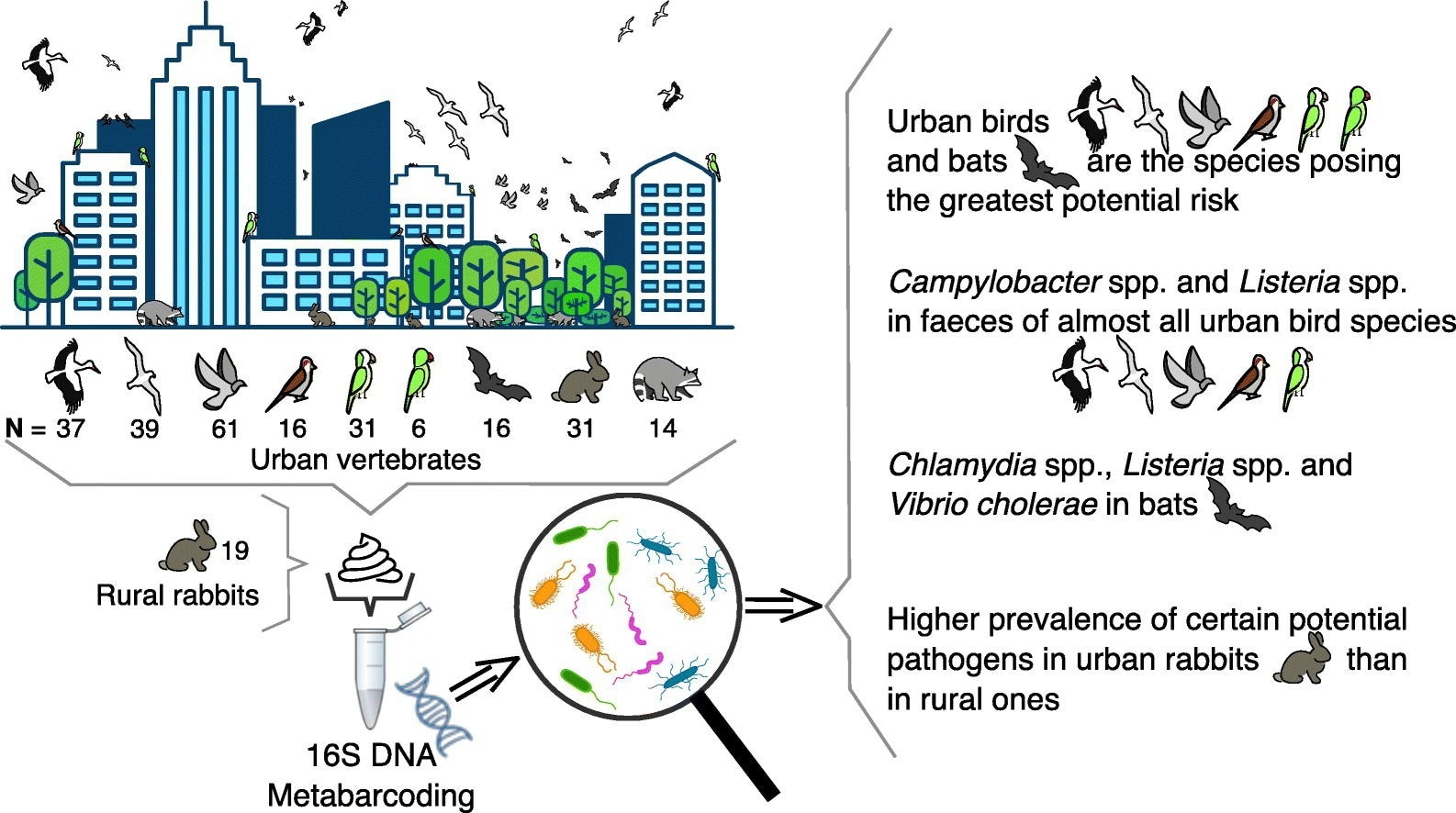Zoonosis refers to the transmission of infectious diseases from animals to humans. These diseases can be caused by viruses, bacteria, or parasites and are directly transmitted to humans through ingesting contaminated food or water or through vectors, such as mosquitos and ticks.
Emerging infectious diseases with zoonotic potential are a significant public health threat. Several factors have contributed to the emergence of zoonotic epidemics, some of which include increased interactions between humans, wildlife, and livestock, globalization, agricultural intensification, climate change, and limited availability or accessibility to healthcare systems.
Thus, there remains an urgent need to establish global strategies to monitor zoonotic diseases and pathogens. For an accurate risk assessment and development of a rapid alert system, active surveillance must be methodically and regularly performed, particularly in regions with high population density where disease transmission is more likely to occur.
 Graphical abstract
Graphical abstract
Study findings
Metabarcoding is an affordable next-generation sequencing technique that is used to characterize microorganisms present in a sample through the sequencing of specific DNA fragments. In the current study, scientists used a metabarcoding technique to analyze potentially zoonotic pathogens present in fecal samples of nine urban vertebrate species, including six birds and three mammals.
A total of 21 potentially zoonotic bacterial genera were isolated from the fecal samples of all studied urban vertebrate species. Ten of these genera included zoonotic species that were mandatory to be monitored in the European Union.
Among the studied urban vertebrate species, bats were identified as the most frequent hosts of potentially zoonotic pathogens, followed by storks, pigeons, and sparrows. Among the identified zoonotic species of high relevance, Campylobacter and Listeria were detected in birds, whereas Chlamydia and Vibrio cholerae were detected in bats.
Given the ubiquitous presence of rabbits in both urban and rural regions, the scientists collected and analyzed fecal samples of both urban- and rural-dwelling rabbits. A higher prevalence of certain bacterial species was observed in urban rabbits as compared to that in rural rabbits. The most significant difference was observed for Campylobacter and Staphylococcus, as Campylobacter was identified in over 50% of urban rabbit samples as compared to only 11% of rural rabbit samples.
Study significance
The current study provides a comprehensive overview of potentially zoonotic pathogens that are currently circulating in urban vertebrate species. Urban birds and bats were identified as the main reservoirs of these pathogens, thereby highlighting a potential risk of zoonosis.
The most abundant bacterial species detected included Clostridium perfringens and Escherichia coli. Both species can be natural members of the host fecal microbiota; however, Clostridium perfringens is known to have pathogenic strains.
Metabarcoding can detect pathogens within a sample; however, this technique cannot provide information about the pathogenic capacity of identified pathogens. Thus, future studies that include specific primers for pathogenic strains in metabarcoding are warranted.
Other potentially zoonotic species identified in the current study include Brucella, Campylobacter, Chlamydia, Listeria, Mycobacterium, Salmonella, Vibrio, and Yersinia. Among these species, Campylobacter has already been described in birds as a zoonotic pathogen.
In the current study, the highest prevalence of Campylobacter was observed in pigeons and sparrows, followed by urban rabbits. Campylobacter jejuni has been detected in pigeons and sparrows, and it is primarily responsible for most Campylobacteriosis in humans.
Pigeons, sparrows, and rabbits are the most common species that easily encounter humans, thus increasing the zoonotic risk of Campylobacteriosis.
Bats were identified as the most important species as a reservoir of zoonotic pathogens. The most important potentially zoonotic species identified in bats include Chlamydia and Vibrio cholerae.
The study findings demonstrate the utility of metabarcoding for rapid screening of potentially zoonotic pathogens, which can ultimately facilitate monitoring efforts on most relevant pathogens and host species.
Journal reference:
- Cabodevilla, X., Malo, J. E., Aguirre de Carcer, D., et al. (2024). Zoonotic potential of urban wildlife faeces, assessed through metabarcoding. Science of the Total Environment 952. doi:10.1016/j.scitotenv.2024.175866